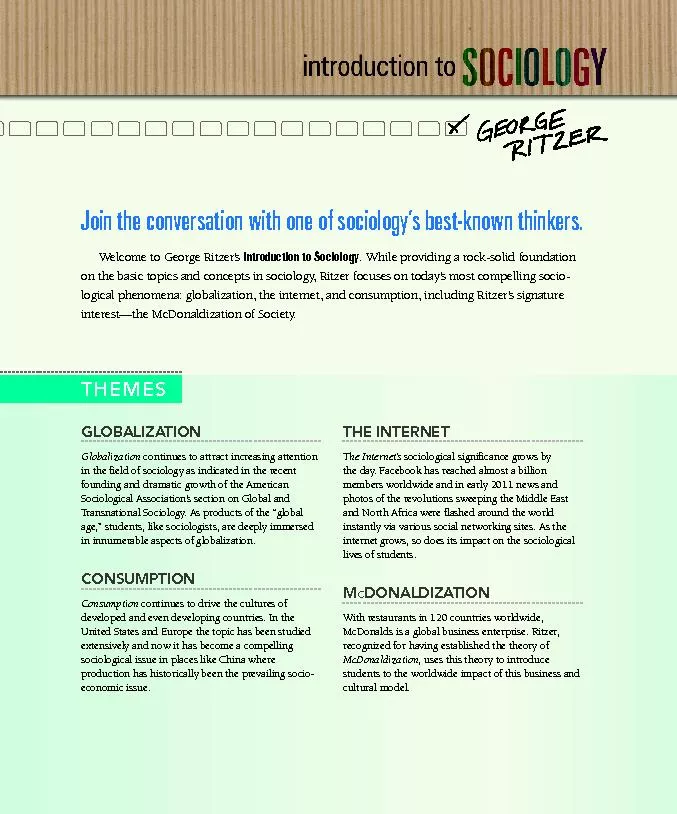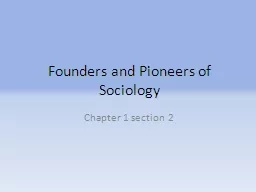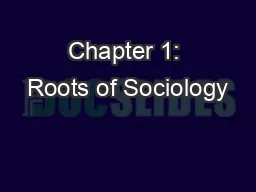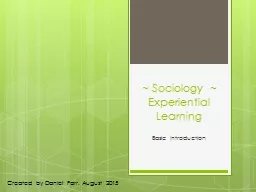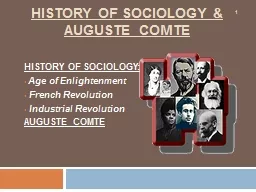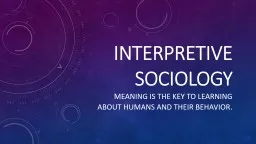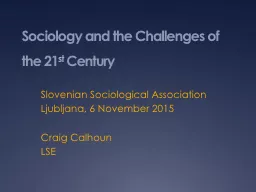PDF-Join the conversation with one of sociology’s best-known thinkers
Author : jane-oiler | Published Date : 2016-03-03
Welcome to George Ritzer146s Introduction to Sociology While providing a rocksolid foundation on the basic topics and concepts in sociology Ritzer focuses on today146s
Presentation Embed Code
Download Presentation
Download Presentation The PPT/PDF document "Join the conversation with one of sociol..." is the property of its rightful owner. Permission is granted to download and print the materials on this website for personal, non-commercial use only, and to display it on your personal computer provided you do not modify the materials and that you retain all copyright notices contained in the materials. By downloading content from our website, you accept the terms of this agreement.
Join the conversation with one of sociology’s best-known thinkers: Transcript
Download Rules Of Document
"Join the conversation with one of sociology’s best-known thinkers"The content belongs to its owner. You may download and print it for personal use, without modification, and keep all copyright notices. By downloading, you agree to these terms.
Related Documents

